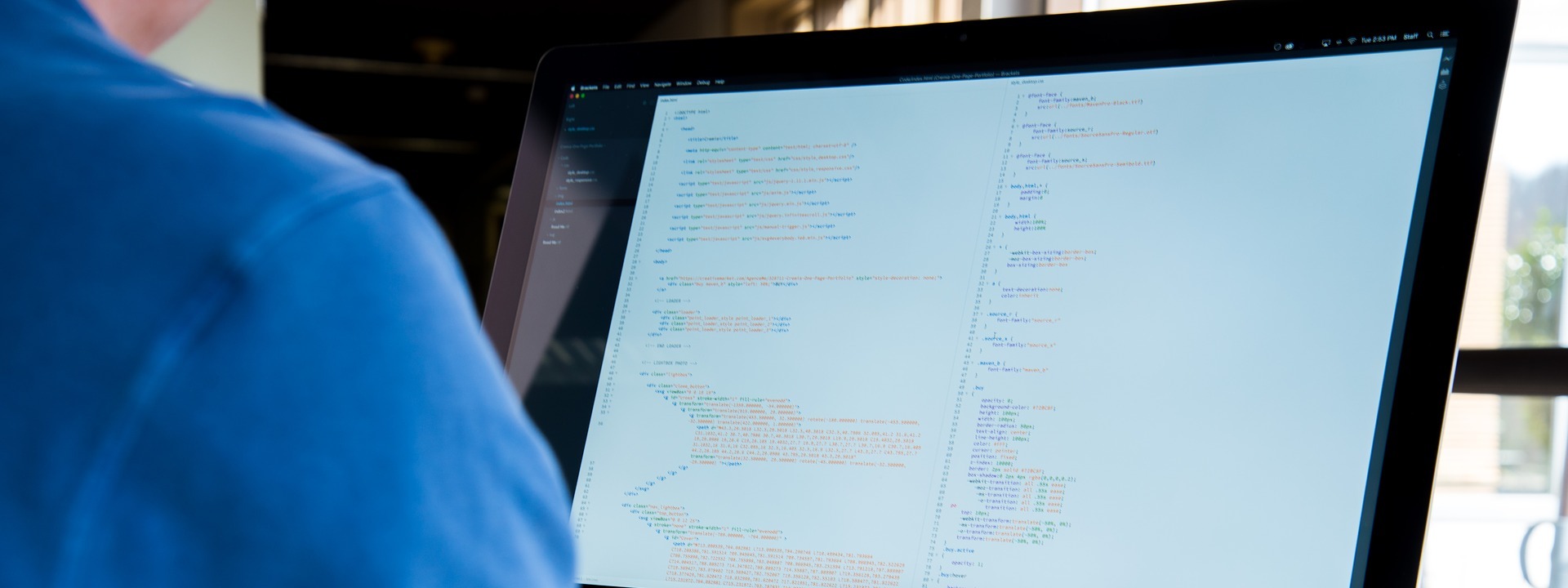How to create a platform? There are two main ways to develop a distance learning system. The choice depends on what functionality you plan to get at the output and how many resources you have.
Developing a platform from scratch
Developing an LMS from scratch makes sense if you require the implementation of a specific training model or unique functionality, which is not yet presented on the market. To develop a program, first describe the necessary functions of the platform in your terms of reference, provide it to the programmers and estimate the cost of the work. Most often Python or Node.js are used for Back-End development. For Front-End – Typescript, Singular and React.
The main disadvantage of this development method is that you do not know in advance whether the platform will be popular with users. You can spend months and years on development, invest a lot of money, and it just “won’t catch on”.
Development of training on the basis of an existing CDS
Sometimes there is no sense to spend money and develop a product from scratch if you can choose one of the ready-made services. Such platforms have different functionality, so you can choose a suitable solution and create your own training system on its basis. The main thing is that the platform you choose should cover your tasks. For example, some platforms are focused on corporate training, others on online schools or universities.
Ready-made LMSes are divided into two big types – open source (open source) and commercial. To set up an open source platform, you have to work with the code, which means involving programmers. Sometimes this can be more expensive than developing an educational platform from scratch. At a certain stage of development you risk facing the limitations of the current architecture, up to the inability to implement the necessary functions. Commercial platforms are easy to use and configure. No special knowledge is required to work with them. If the functionality of the platform covers 95% of your tasks, then the platform developers will help you to implement the remaining 5%.
Most often commercial platforms are used to develop e-learning, so in the following article you will learn how to make training based on a ready-made LMS.

